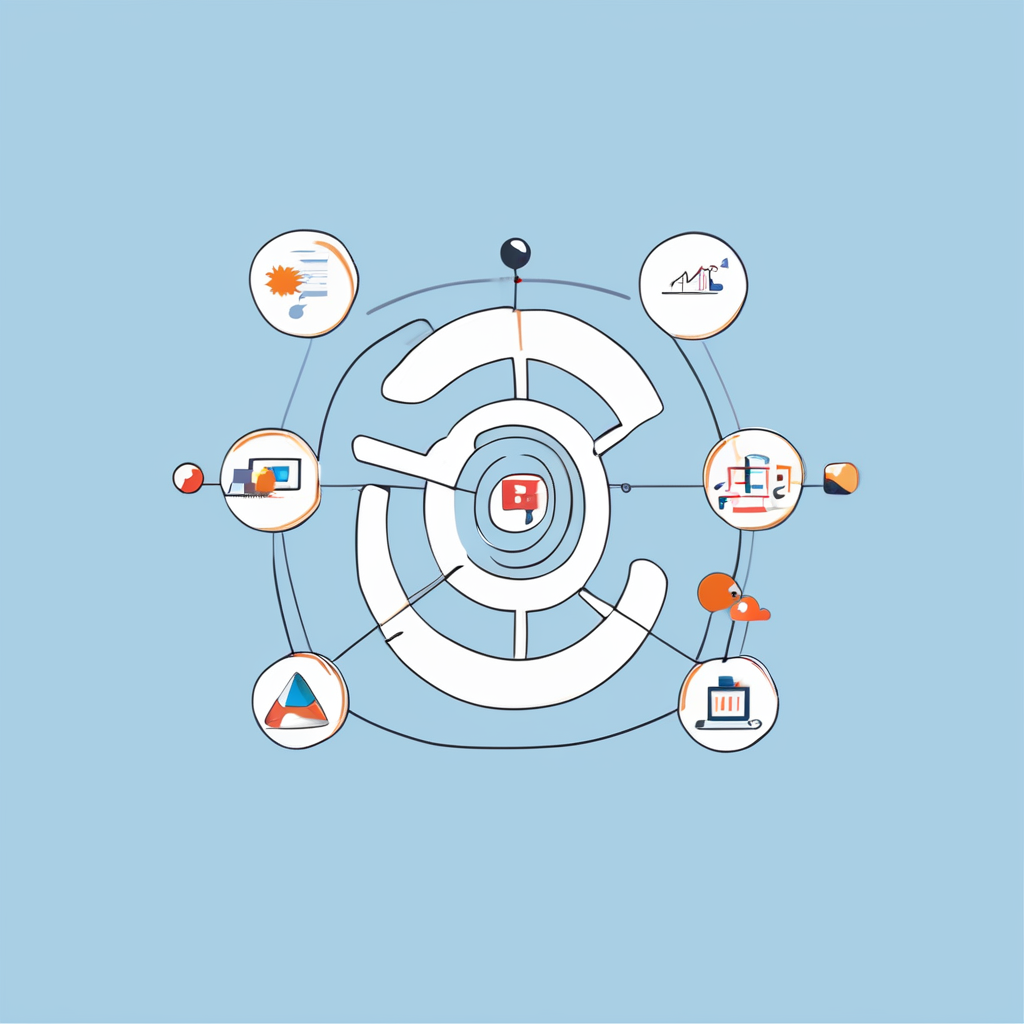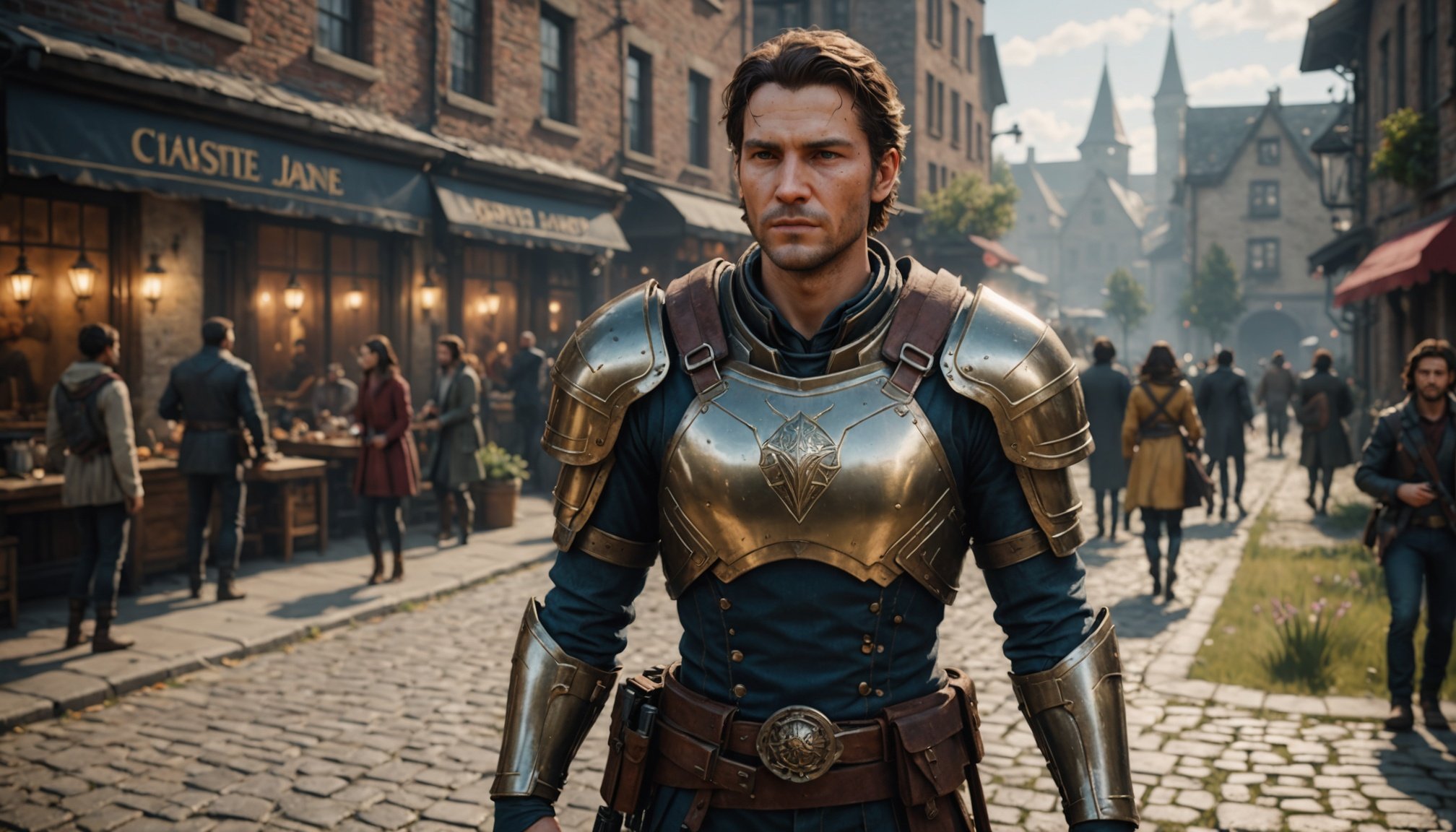Overview of Machine Learning in NPC Animation
Non-playable character (NPC) animations play a crucial role in gaming, particularly in open-world games. These animations define how NPCs move, interact, and react within the game environment, contributing significantly to the player’s experience.
In recent years, machine learning has become a transformative tool in enhancing NPC animation and behaviour. Developers leverage this technology to create more realistic NPCs, who can learn from their environment and adapt their actions dynamically. This capability allows for a more efficient workflow, reducing the need for manually crafting every aspect of NPC interactions.
In parallel : Revving up realism: how real-time ray tracing transforms reflections in racing games
The impact of these advancements on gameplay is profound. Enhanced NPC behavior, driven by machine learning, immerses players deeply by presenting characters that feel naturally integrated into their virtual worlds. A seamless blend of intelligence and animation facilitates player immersion, making engagements more engaging and authentic. Players find themselves in an ever-evolving, responsive world, elevating their overall gaming experience. Consequently, open-world games see improved longevity and replayability, as the experience changes subtly or significantly based on how learning algorithms evolve these characters. Machine learning in NPC animation is a significant leap forward in achieving captivating, life-like gaming environments.
Machine Learning Techniques for NPC Animation
Delving into machine learning techniques for Non-Playable Character (NPC) animation offers insights into how these digital entities become more life-like and adaptive. Various methodologies contribute uniquely to creating engaging experiences.
In parallel : Overcoming challenges: integrating authentic physics in space simulation games
Supervised Learning Approaches
In NPC animation, supervised learning involves training models with annotated examples to predict movements and behaviors. By providing input-output pairs, algorithms learn to reproduce realistic animations based on labelled data. This technique ensures NPCs move naturally within predefined scenarios, adhering to scripted or narrative-driven environments.
Reinforcement Learning for Dynamic Behaviors
Reinforcement learning empowers NPCs to adapt dynamically by interacting with their environment. Unlike supervised learning, this approach allows NPCs to learn from experience by rewarding successful actions. As a result, NPCs develop skills over time, exhibiting more authentic and variable responses to players’ actions.
Generative Adversarial Networks (GANs)
Generative Adversarial Networks (GANs) play a pivotal role in simulating lifelike expressions and movements. A GAN consists of two neural networks working in tandem: the generator creates animations, while the discriminator evaluates their realism. Through continuous adversarial training, GANs refine NPC expressions, enhancing their believability and emotional range.
Tools and Frameworks for Creating NPC Animations
When it comes to creating compelling NPC animations, selecting the right tools and frameworks is crucial. Popular game engines like Unity and Unreal Engine feature extensive support for machine learning techniques, which can be pivotal in automating and enhancing animation workflows. These engines provide integrated tools and plugins, allowing developers to seamlessly incorporate machine learning models into their projects.
In addition to game engines, several animation frameworks specialise in procedural and AI-generated animations. Tools such as Blender and Maya offer robust options for creating detailed animations, while platforms like Mixamo provide quick and efficient rigging solutions. These development tools are essential for implementing sophisticated animation algorithms that can adapt to various gameplay dynamics.
Integration with existing game development workflows is another critical factor. Many animation frameworks are designed to work harmoniously with established processes, ensuring smooth transitions and minimal disruptions. By incorporating these tools into the development cycle, teams can enhance productivity and maintain coherence across different project stages.
For game developers aiming to innovate in NPC animations, understanding these development tools, animation frameworks, and their capabilities is key to unlocking new creative possibilities.
Case Studies of Successful Implementations
Within the world of gaming, several case studies highlight successful integrations of machine learning (ML). These examples not only showcase advancements but also serve as a learning platform for developers.
Notable Games Utilizing Machine Learning
A prime example is the game “Middle-earth: Shadow of Mordor,” where ML was used to create dynamic non-playable characters (NPCs). These characters adapt to player actions, offering a personalized gameplay experience. This practical use of ML became a benchmark run for others in the industry.
Analysis of Animation Quality and Player Feedback
In “Hellblade: Senua’s Sacrifice,” ML informed animation and player feedback. The game employed ML algorithms to capture nuanced player interactions, elevating animation quality. Player reviews praised the realism and emotional depth, attributing it largely to these advancements.
Lessons Learned from Implementation
Key lessons from these case studies include focusing on the balance between technology and storytelling. Developers saw that while machine learning enhances game realism and interactivity, it must be seamlessly integrated to avoid disrupting player immersion. Aspiring developers are encouraged to emphasize player feedback during the implementation process, ensuring a successful balance between innovation and user experience.
Visual Aids and Code Snippets
Visual demonstrations play a crucial role in understanding machine learning concepts. Consider animations depicting changes before and after implementing ML—these vividly illustrate improvements. Such comparisons can be particularly useful for grasping complex transformations made by algorithms.
Embedding code examples in tutorials enhances learning by allowing practical experience. Here is a simple code snippet to implement a machine learning model using Python:
from sklearn.model_selection import train_test_split
from sklearn.linear_model import LinearRegression
from sklearn.metrics import mean_squared_error
# Sample Data
X, y = [[1], [2], [3]], [2, 3, 4]
# Splitting data into training and test sets
X_train, X_test, y_train, y_test = train_test_split(X, y, test_size=0.2)
# Linear Regression Model
model = LinearRegression()
model.fit(X_train, y_train)
predictions = model.predict(X_test)
# Evaluate the model
mse = mean_squared_error(y_test, predictions)
print(f'Mean Squared Error: {mse}')
Accessing additional resources like interactive tutorials or online forums can deepen your understanding and offer opportunities for experimentation. Engaging with these resources can provide further insights into ML techniques and foster a more comprehensive grasp of visualizations and their underlying code examples.
Future Trends in NPC Animation with Machine Learning
The use of AI in gaming is revolutionising how non-playable characters (NPCs) are brought to life, making them increasingly lifelike and dynamic. Machine learning plays a crucial role in shaping the future trends of NPC animation.
Emerging Technologies Shaping NPC Animation
New innovations, such as procedural generation and deep learning algorithms, are enabling game developers to create more responsive and adaptable NPCs. These technologies allow for nuanced NPC behaviour that can evolve based on player actions, providing a more immersive gaming experience.
Predictions for AI-Driven Game Development
AI-driven game development is set to transform the industry by offering tools that automate complex game designs. Future trends suggest that AI will not only enhance visual aspects but will also allow NPCs to learn from players, adapting their strategies and responses in real time. This evolution promises greater replayability and personalisation in games.
Ethical Considerations in ML Applications
As NPCs become more realistic, ethical questions arise regarding their interactions. Developers must consider how to govern AI behaviour to prevent unintended consequences. Transparency in AI decision-making and limitations on NPC autonomy are essential to ensuring positive player experiences, while avoiding deceptive or manipulative game dynamics.










